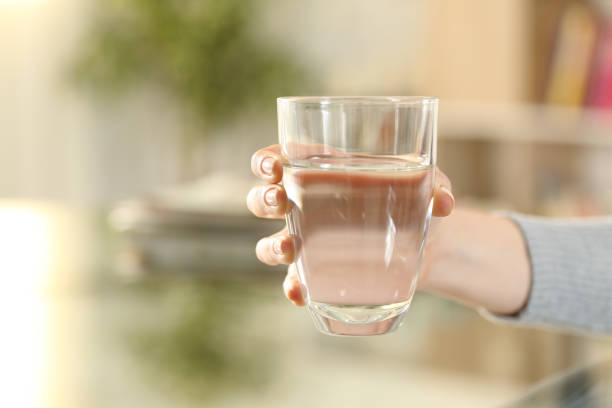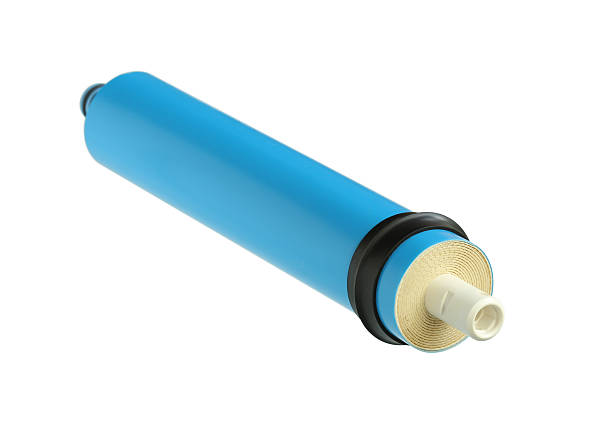 Water purifiers are questioned ineffective? But why are more and more families using them?
Water purifiers are questioned ineffective? But why are more and more families using them?
Oct .14.2024
Water purifier, a common product in our daily life, however, it has sparked numerous controversies. Some people worry about the water quality, some are too troublesome, and some question its effectiveness. Is the water purifier the patron saint of our lives or a commercial conspiracy? Let's take a deeper look at this controversial household tool.
 What is the principle of reverse osmosis desalination? How are reverse osmosis membranes categorized?
What is the principle of reverse osmosis desalination? How are reverse osmosis membranes categorized?
Oct .11.2024
Hello everyone, today Susan is here to answer some questions about water treatment equipment, hope it can help you.
Reverse osmosis is a new thin-film separation technology developed in the 1960s, which relies on reverse osmosis membranes under pressure to separate solvents and solutes in solution.What is the principle of reverse osmosis desalination? How are reverse osmosis membranes categorized?
To understand the principle of reverse osmosis desalination, How are reverse osmosis membranes categorized?

 Water purifiers are questioned ineffective? But why are more and more families using them?
Water purifiers are questioned ineffective? But why are more and more families using them?
 What is the principle of reverse osmosis desalination? How are reverse osmosis membranes categorized?
What is the principle of reverse osmosis desalination? How are reverse osmosis membranes categorized?
 Do you know what you need to pay attention to before using a reverse osmosis membrane?
Do you know what you need to pay attention to before using a reverse osmosis membrane?